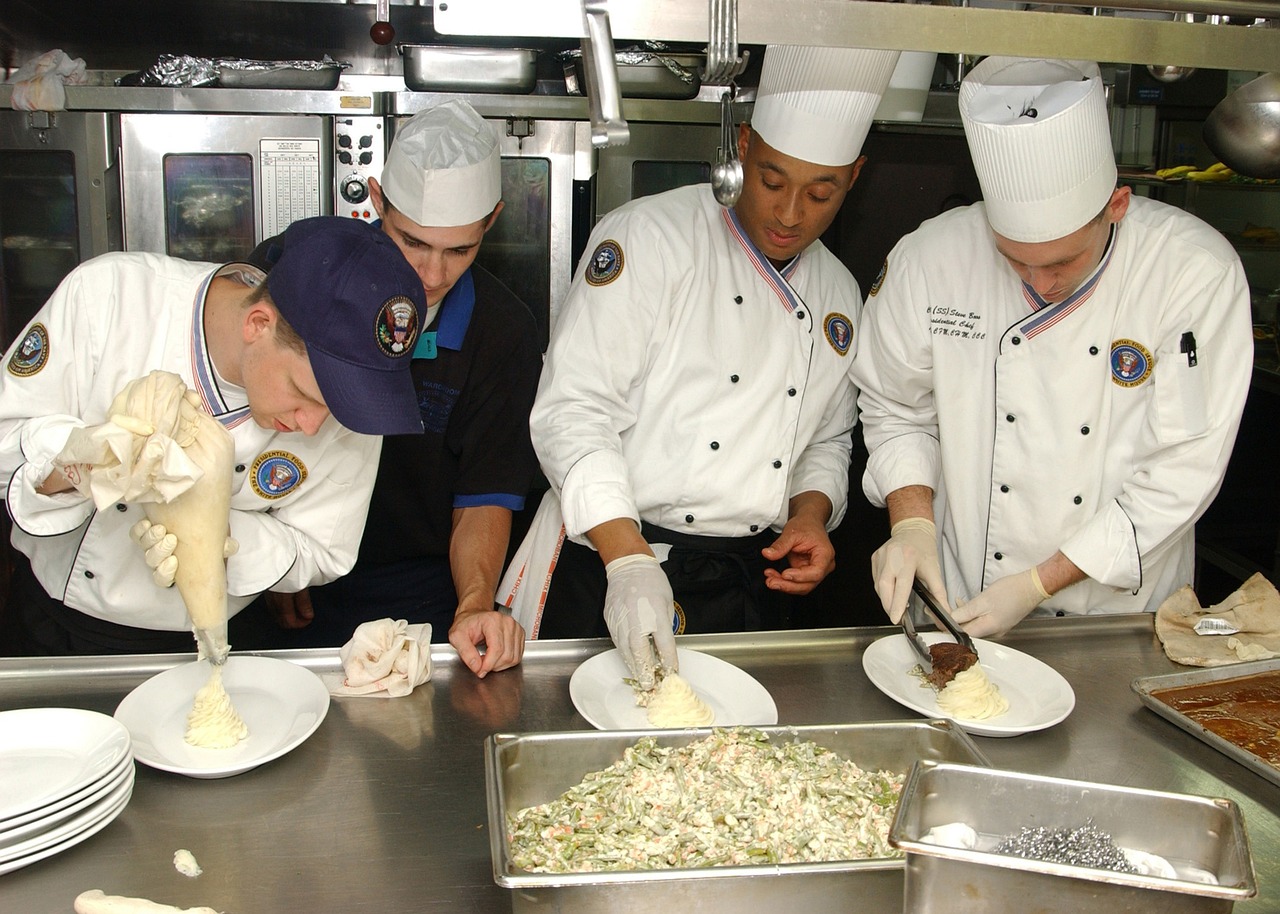“When the whole man is involved there is no work. Work begins with the division of labor.”
--Marshall
McLuhan
Economist Michael Kremer posed a cultural equation in which shared
ideas, free as a public good, begin to be exchanged and grown across space and
time. As populations expanded, “more
people, more ideas,” the higher concentrations gave rise to culture.
Over the centuries, population growth and technological
change have expanded, including the division of labor (time and talent) that is
the hallmark of the world’s great civilizations, marked by the growth of cities
as wealth centers.
In fact, one of the great contrasts between the now-extinct
Neanderthals and our species--homo sapiens--is this very ability. Labor division allocates resources between those
with differing skillsets and the time to learn and perfect them. It is also what distinguishes talent in many
arenas from those less talented, leading to status and class divisions. But the
Neanderthal home showed no dedicated spaces there, nor any evidence of trading goods
and behavior.
Even their hunter-gatherer behavior seemed to be evenly
distributed between men and women (Tim Harford, The Logic of Life, (2008)
p. 208-09): This original division of
labor, between male and female, is quite ancient as a shared tradition. “Today’s simple hunter-gatherer societies
divide tasks between the sexes. Men hunt
big game and not much else; women hunt small animals, gather berries and nuts,
make clothes, and look after the kids.
Early humans, too, seem to have divided jobs between hunters and
gatherers, presumably along the same lines.
Neanderthals, apparently, did not.”
Nor do we know if they had language, indispensable to
trading information between or within groups, and record-keeping of assignments. Language and its concepts are essential to
cooperation and role designation as well as task assignment. The difference may be genetic. Reported in Science
in 2022 (Sept. 9) is the discovery of a gene mutation in our species. This mutation signals the development of extra
neurons in the frontal neocortex that greatly enhance connectivity. This TKTL1
gene is lacking in all previous hominids.
Homo sapiens’ birth might come down to this single unique trait.
Division of labor is not as simple as dealing out work to be
done equally by effort and hours, but applying the principle of diversity to
project and process, both simple and complex—from building huts to bridges to
cities. Using the idea of comparative
advantage, any group effort leverages the various capabilities within the group
(the job of management expertise), including skills, age, gender, ability,
experience, strengths, aptitudes, and weaknesses. The project is taken apart with a view to
splitting subtasks so that they can be assigned by talent as well as time.
Expertise is developed as a cultural tradition: craft, battle,
agriculture, hunting, exploration, planning, engineering, building, language,
the arts. Childcare and foraging were
classical women’s work, whereas menfolk specialized in hunting, defense,
exploration, and leadership. Human
resources is ideally the science of understanding human capabilities and
allocating them in the most productive way (beyond just signing up insurance
plans).
The wealth of cities consists in their ability to instantly draw
upon large arrays of these specialized traditions, putting these to work in
organized group form. Organizing human
talent and skill, beyond just tool-making or invention, is the basis of any
civilized order. Even the division of domestic
spaces designated for separate activities is evidence of thinking in terms of
labor division and the special needs of any specific job. From Egypt onward, homes showed the
first-discovered spaces dedicated to leisure pursuits alone, diffusing throughout
the human indoor landscape. In the
Neanderthal case, low populations, besides keeping cities in the future, also stymied
the technological innovations that generate the cross-fertilized energy and
growth of cities.
Failure to think in this way might be the reason behind the
fading of Neanderthals, our close cousins, as they become superseded by homo
sapiens 40,000 years ago. Harford
speculates that this approach to working was not evident from the Neanderthal
record.
Division of labor was theorized by French social philosopher
Emile Durkheim (1893) to correlate to the moral and communal power of groups to
be productive and influential. This mentality
was the way humans were not only able to survive but to thrive as well as
prevail. Another expression of labor
division is trade, sharing resources by relocation and speculation by importing
novelty and specialization (a kind of cultural arbitrage)—evidence also absent from
the Neanderthal record.
Trade also underlies our social nature as a formalized
endeavor between unrelated groups—a necessary parallel to the exogamy of
marriage and mating between unlike genetic pools. “Computer simulations show
that the propensity to track, barter, and exchange could easily have allowed
humans to wipe out Neanderthals in a few thousand years, even if the typical
Neanderthal was faster and stronger and perhaps smarter, too" (Hartford p. 208).
While 99.7% of genetic material is shared by modern humans and Neanderthals—more
closely related than chimpanzees—we diverged over half a million years ago from
the last common ancestor. The DNA record
also shows evidence of incestuous mating in these late relatives.
And of course, these labor divisions are far from equal in
either their demands or rewards, further dividing the merit landscape that says
which groups can aspire to and occupy roles in the professions, politics,
celebrity, athletics and in the arts, crafts, and letters. When Americans meet for the first time, our
first question is “What do you do?” We
are looking for clues to background, merit, aspiration, and status. We are, on the scale of world cultures,
closely identified with our careers as an index to our background, class, and
potential. Our places in work role
diversity are equally important a social index as ethnicity, education, and
earnings.
